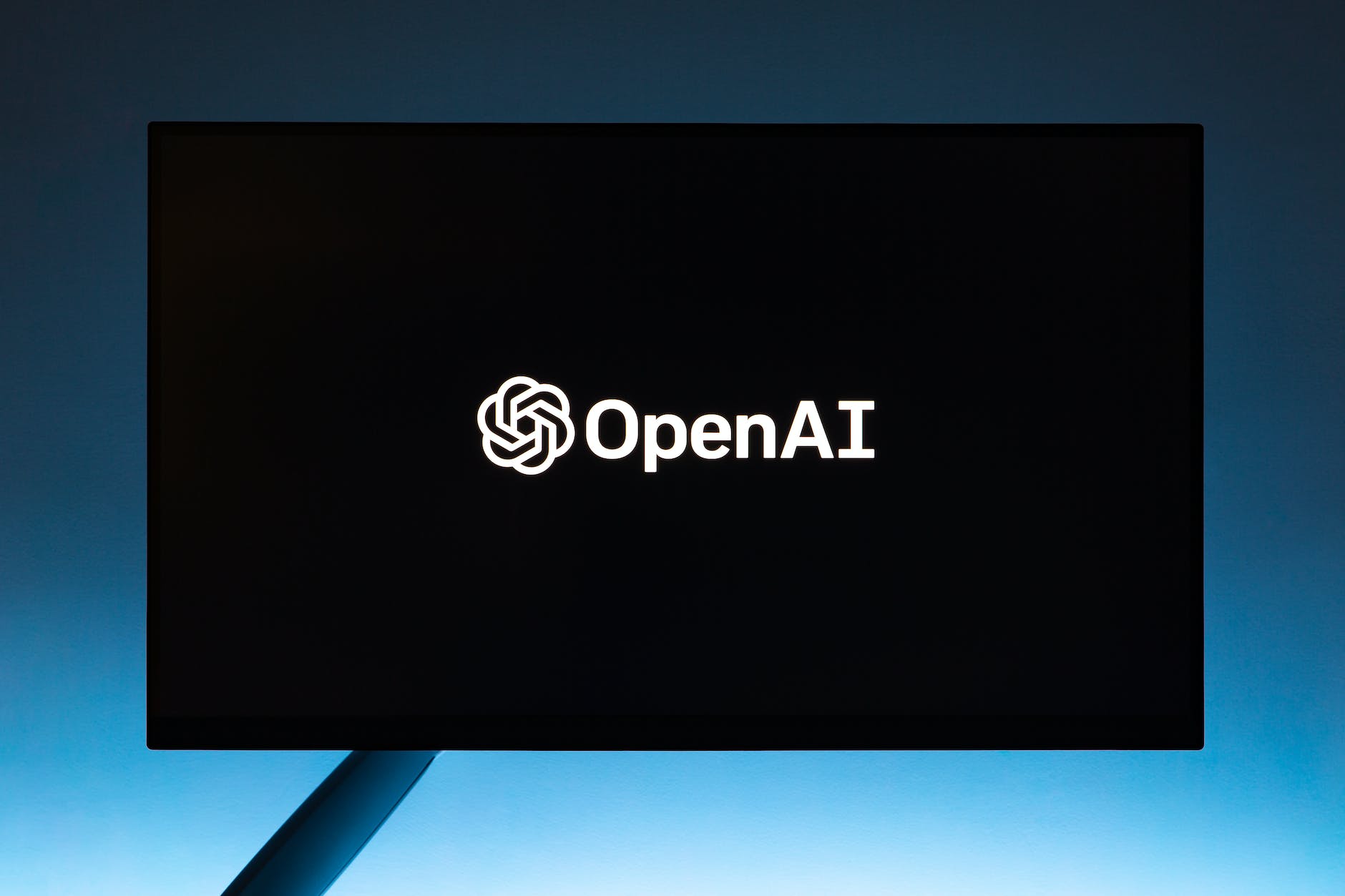As an AI language model, ChatGPT has been a game-changer in the field of natural language processing. Its ability to understand and respond to human language has revolutionized the way we communicate with machines. And with the recent release of ChatGPT 4, things are only getting better.
In this blog post, we’ll take a closer look at the differences between ChatGPT 3 and ChatGPT 4, and explore why people should be excited about this latest update.
First, let’s start with the basics. ChatGPT 3 was released in 2020 and was a significant improvement over its predecessor, ChatGPT 2. It boasted 175 billion parameters, making it the largest language model at the time. ChatGPT 3 was capable of generating natural-sounding text, answering questions, and even writing essays. Its ability to mimic human-like responses was so advanced that it even fooled some people into thinking they were interacting with a human.
What’s New in ChatGPT 4?
The latest version has a whopping 10 trillion parameters, making it 60 times larger than ChatGPT 3. It’s safe to say that the increase in parameters is going to have a significant impact on its capabilities. ChatGPT 4 is expected to have even more advanced natural language processing abilities, including better understanding of context and nuances, leading to more accurate and sophisticated responses. Additionally, it is expected to be faster and more efficient, meaning that it will be able to process more data in less time, leading to even more impressive results.
ChatGPT 4 could be used to develop virtual assistants that can diagnose medical conditions, provide financial advice, and even create personalized learning plans for students. With its increased parameters, ChatGPT 4 has the potential to take these applications to new heights.
ChatGPT 4 could help bridge the language gap between people. With its advanced natural language processing capabilities, ChatGPT 4 could make it easier for people who speak different languages to communicate with one another, breaking down barriers and bringing people closer together.
Another significant improvement is its ability to perform multiple tasks simultaneously. ChatGPT 4 is trained to handle a variety of natural language tasks such as text classification, question-answering, and language translation, all at the same time.
Why Should You Be Excited?
The improvements in ChatGPT 4 mean that it can handle even more complex language tasks and generate more accurate and diverse responses. This opens up new possibilities for its application in various fields, such as customer service, healthcare, and education.
For instance, ChatGPT 4 can be used to automate customer service conversations, providing quick and accurate responses to customer queries. In healthcare, it can be used to analyze patient data and provide personalized treatment recommendations. In education, it can help students learn new languages or improve their writing skills.
Furthermore, ChatGPT 4’s ability to perform multiple tasks simultaneously makes it a more efficient and cost-effective solution for businesses and organizations that need to handle large volumes of natural language data.
Conclusion
In summary, ChatGPT 4 is a significant improvement over its predecessor, ChatGPT 3. Its increased scale and ability to perform multiple tasks simultaneously make it a powerful tool for a wide range of natural language processing applications.
Whether you’re a business owner looking to automate customer service conversations or a student looking to improve your language skills, ChatGPT 4 is a huge step forward in the field of natural language processing.
Supporting links:
- The Verge article on ChatGPT 3: https://www.theverge.com/21346304/openai-gpt-3-explainer
- Forbes article on the potential of ChatGPT 4: https://www.forbes.com/sites/forbestechcouncil/2022/12/08/the-potential-of-chatgpt-4-and-why-businesses-should-be-excited/?sh=12f3cfaa11b2
- OpenAI’s blog post on ChatGPT 4: https://openai.com/blog/chat-gpt-4/

AJ is a highly experienced web developer with over 25 years of experience and a proven track record of delivering successful projects on time and within budget. He is skilled in the full stack of web development and has the ability to lead and optimize agile teams. In addition, AJ has a deep interest in AI development and blockchain technologies, with a solid understanding of the fundamental concepts and technologies behind them. His experience and knowledge make him an excellent candidate for any organization looking to integrate these cutting-edge technologies into their products and services.
